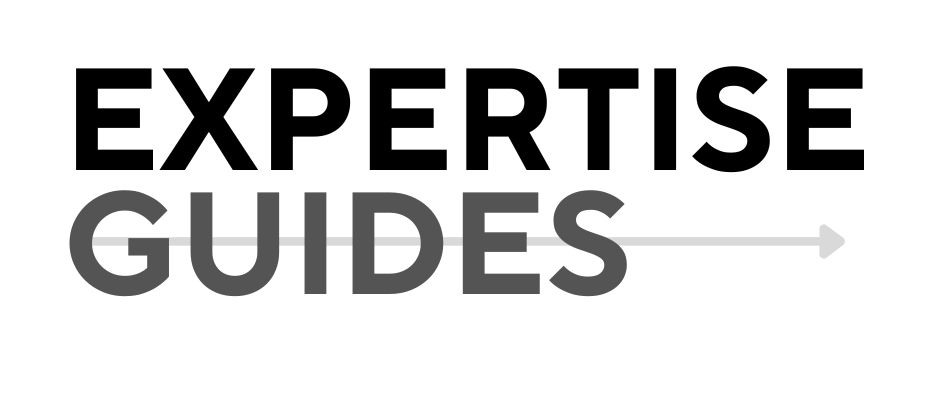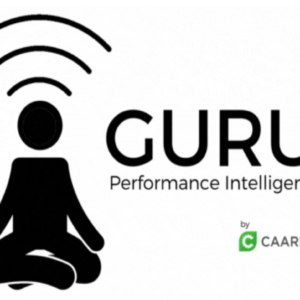Unlock the potential of organizational alignment through emotionally intelligent analytics.
Main Points:
– 70% of change initiatives fail due to resistance and misalignment (McKinsey, 2019).
– Emotionally intelligent alignment can boost transformation success rates by 38% (MIT Sloan, 2020).
– Aligned teams improve profitability by 72% (Gallup, 2020).
Introduction
A few years ago, I found myself in a boardroom filled with anxious executives. Their tech company, despite its potential, was struggling with missed opportunities due to leadership misalignment. As a consultant, I realized the need for a tool that combined emotional intelligence with data-driven insights. This experience ignited my journey into emotionally intelligent alignment analytics, reshaping how I approached change management.
The Problem
Organizations often face daunting challenges when it comes to change management. Resistance from within and a lack of actionable insights can derail even the most promising initiatives. Gallup (2020) found that disengaged leadership reduces productivity by 17%, a statistic that resonated with many companies I’ve worked with. The root cause? Misalignment across leadership and teams, exacerbated by a lack of emotional intelligence in decision-making processes.
Why This Problem Exists
Leadership misalignment often stems from a disconnect between emotional and cultural dynamics within an organization. Traditional approaches to change management typically overlook these nuances. Many leaders prioritize hard data while neglecting the softer, more subtle signals of emotional and cultural alignment. This gap is where misalignment breeds inefficiencies and resistance, making it crucial to integrate emotional intelligence with analytical insights.
The Solution
Emotionally intelligent alignment analytics bridge this gap by providing a comprehensive view of both data and human dynamics. When I introduced CRA tools to the tech company, it was like turning on a light in a dark room. The insights allowed us to pinpoint where misalignments occurred, facilitating targeted strategies to align leadership practices with emotional and cultural needs. This approach not only improved decision-making processes but also fostered a collaborative and trustful environment, boosting the company’s productivity.
Breaking It Down
Implementing emotionally intelligent alignment analytics involves a few key steps:
- Assessment: Start with a thorough evaluation of current leadership and team dynamics. Understanding the emotional and cultural landscape is critical.
- Data Integration: Use tools like CRA to gather insights into these dynamics, focusing on both quantitative and qualitative data.
- Targeted Strategy Development: Based on the insights, develop strategies that align leadership behaviors with organizational goals, fostering an environment of trust and collaboration.
- Continuous Monitoring: Change is ongoing. Regularly review and adapt strategies to ensure sustained alignment and engagement.
This step-by-step approach not only addresses current misalignments but also creates a framework for future resilience and adaptability.
Action Steps
To integrate emotionally intelligent alignment analytics into your organization:
- Engage with tools like CRA to gain a comprehensive understanding of your cultural and emotional landscape.
- Develop a cross-functional team to champion change initiatives, ensuring buy-in from various levels of the organization.
- Commit to ongoing education and development in emotional intelligence for leaders, enhancing their ability to navigate complex dynamics.
These steps will position your organization to not only embrace change but thrive in it.
Conclusion
Incorporating emotionally intelligent alignment analytics can transform how organizations approach change management. By aligning leadership and team dynamics with strategic goals, companies can significantly improve their chances of success and drive sustainable growth.
My Ask
What do you think? Share your perspective in the comments. If this resonates, tag someone who could benefit.
About Me
I’m a consultant passionate about bridging data-driven insights with emotional intelligence to drive organizational success. 🌟


